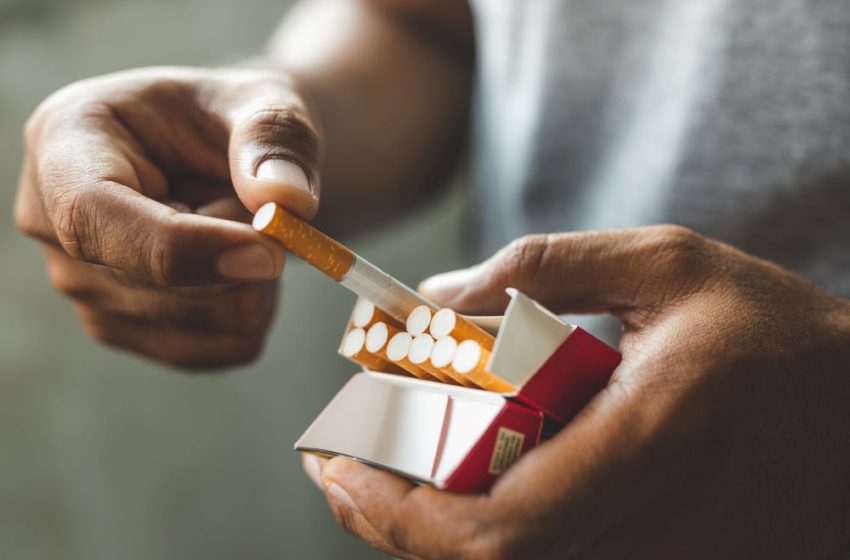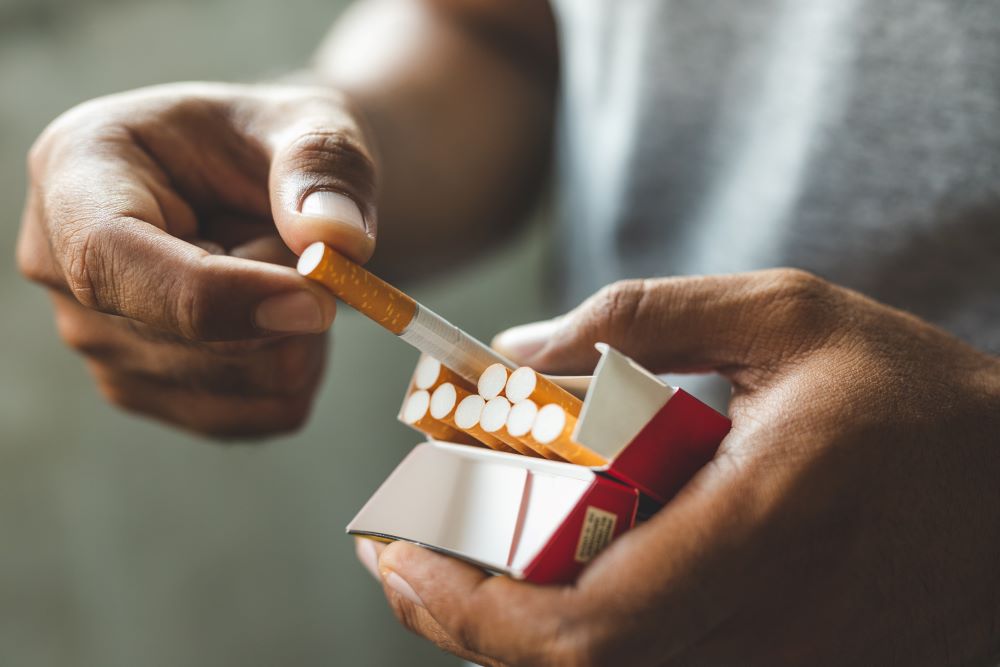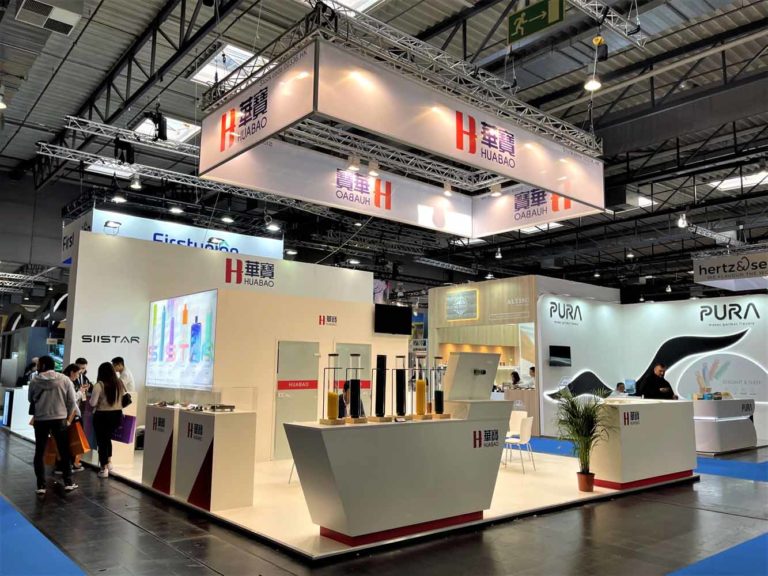In fiscal 2021, Habanos earned more than $568 million while experiencing 15 percent growth compared to the previous year. Despite the global pandemic and growing inflation, at the end of 2021, Habanos was operating 20 Cohiba Atmosphere outlets, 160 La Casa del Habano shops, 1,217 Habanos Specialist stores, 2,465 Habanos Points and 486 Habanos Lounge/Habanos Terrace outlets.
When asked whether Cuba had the capacity to produce more cigars to satisfy growing demand, Inchaurbe said that the company was not going to produce “ever more cigars” just to satisfy the demand. The most important factor in producing Habanos cigars is quality, he insisted, and the company will not increase production at the expense of quality.
“The problem is a very nice problem to have,” he said. “There is a lot of demand. This is our problem, but good news.” According to Inchaurbe, demand for high-value brands, such as Cohiba, Trinidad and Montecristo, is higher than what the company can produce at the level of quality required by Tabacuba, the government arm of the Cuban cigar industry in charge of production.
Inchaurbe insists this is not due to problems in production but because cigars are a natural product where you put all the focus on quality. “In my opinion, it’s difficult to say whether the problems of shortages in some retail shops all over the world will continue because demand is too much,” he said. “But of course, together with Tabacuba, with an investment program, we are trying always, especially Tabacuba, to be able to produce more cigars with the same quality. And that is the only way we will have the ability in the future to satisfy the growing demand.”
Habanos’ goal remains to grow every year without compromising the quality of its cigars, according to Gonzalez. Over the past 10 years to 15 years, the company has averaged nearly double-digit growth. However, today, Habanos isn’t necessarily looking to build its brick-and-mortar footprint as in previous years but rather to build on the value of its current assets alongside the global reputation of the Habanos brand. Looking at the first three quarters of 2022, Gonzalez expects the company to experience growth in line with that of 2021.
“Generally speaking, the premium cigar industry is growing for all the manufacturers, all the traders, because there is a big demand,” he said. “There is a great interest in our product. And, as usual, Habanos is the leader in this demand. Our demand continues to be very strong, especially in some emerging areas like Asia-Pacific. Of course, we are also going through difficult periods like this global inflation. This could also impact our business.”
The duty-free business in particular was heavily impacted. “The duty-free channel is not yet 100 percent recovered compared to pre-pandemic levels, and duty-free is a very significant channel,” said Gonzalez. “We are lower than the pre-pandemic figures in the duty-free channel while in the domestic channel, we are growing quite well.”
Innovation is going to be a central focus for Habanos in its quest to boost production and its global presence. Gonzalez said that the company will continue launching new products, innovating its operations and trying to satisfy its clients. The company is also considering possible technological improvements in its supply chain operations to better distribute its cigars.
“We want to prevent transfers [of product] from one market to another,” he said. “That’s why in those specific brands, Cohiba and Trinidad, we decided to harmonize with Hong Kong. Habanos is innovation. It is in our DNA, it’s in our products, in our brands. It’s true; we will continue innovating, launching new products, trying to give to our clients more activities, special activities about the lifestyle and so on because this is the demand from our clients. And regarding the prices, I will say that we will continue monitoring them.”
In the end, both men agree that the true value behind Habanos and its cigars are the factory workers who produce the cigars, the retailers who sell them and the consumers who are dedicated to Habanos’ 27 brands. “We have more than 4,000 specialized point stores in the world that represent, I would say, more than 50 percent of our sales,” said Inchaurbe. “They are in charge of this ship. For us, these new retail concepts that are driving our growth, we are going to continue bringing more points into the family and strengthening the points that we already have in the market. Habanos is poised for great success.”










































